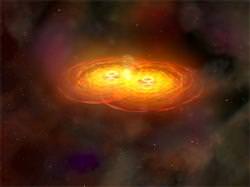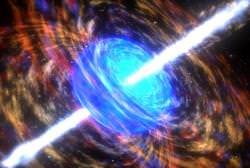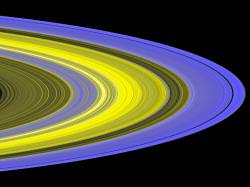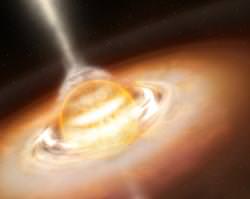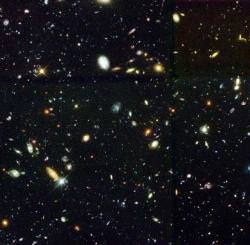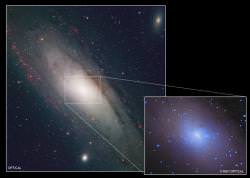Universe Today is hosting the Carnival of Space for a second week. This time, it’s the mighty carnival #4. Once again, we’ve got a round-up of cool space-related articles from writers and bloggers. If you want to get involved, and maybe even host the carnival in a future week, you can find out more at the Carnival of Space website. Thanks for dropping by, I hope you enjoy the stories.
First up, Chris Lintott takes us into the submillimetre spectrum. And it’s looking good.
At Cumbrian Sky, Stuart Atkinson is dreads the day when one of the Mars rovers dies. Not tonight…
The Astronomy Picture of the Day submits a dark night over Death Valley, and highlights the dangers of encroaching light pollution.
Deborah Byrd from the EarthSky Blogs is wondering is the line between science and science fiction is beginning to blur with the search for Spock’s homeworld.
From hi-tech to low-tech. Do modern assumptions about astronomical observation work when looking at astronomy in ancient societies? Alun Salt from Clioaudio ponders that question.
Alan Boyle from MSNBC’s Cosmic Log reports that James “Scotty” Doohan’s ashes have been found.
Centauri Dreams considers our future, when the Milky Way and Andromeda galaxy crash into one another. Who keeps the Sun?
Amanda Bauer is a fan of robots for space exploration, especially those hardworking Mars rovers. But is it time to enact the three laws of robotics?
A Babe in the Universe blog reports on the new dedication for the SOFIA airborne observatory.
Getting to space isn’t easy. Staying fit in space is hard too. Read this post from James Watt.
Pamela Gay explains the wonders of jets. No, not airplanes; the torrents of particles blasting away from black holes, new stars, and now, a brown dwarf.
Robert Pearlman at collectSPACE has been following the launch of the Shuttle Launch Experience, a new $60 million simulator designed to deliver to tourists at the Kennedy Space Center Visitor Complex the feelings and emotions during a ride to orbit. collectSPACE will be covering the public opening on Friday, but before then, they got an early look inside.
Ian Musgrave from Astroblog has news on an exotic Neptune-sized world covered in hot ice.
Terraforming Mars. Is that a good idea, or a bad idea? Colony Worlds weighs in with an opinion.
When he’s not furious, the Angry Astronomer calmly explains stellar evolution in a four part series (1 2 3 4).
Would you rather see a hundred thousand acres of restored prairie or the same space covered by solar collection arrays? Thought so. But only 62 miles away is nearly limitless room and sunshine undiluted by an inconvenient atmosphere. Brian Dunbar has his opinion.
And finally, I look forward 3 trillion years into our lonely future.
Thanks to everyone who participated, and thanks for letting me be the host. I had a blast. I’ll see you next week at the next stop in the Carnival of Space.


